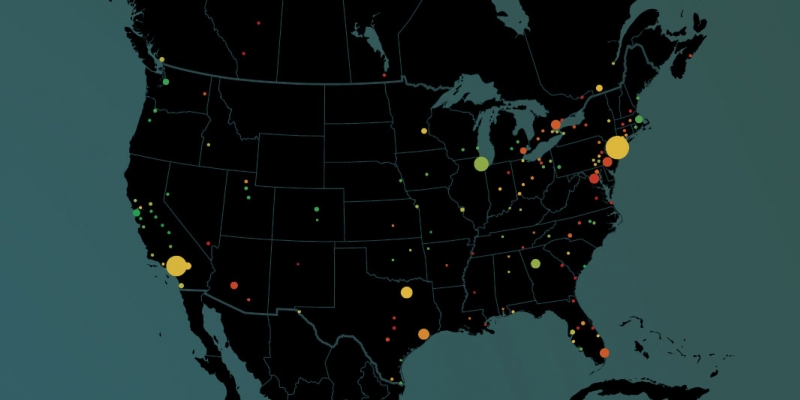Analysis of Changes in Median Employment Income in Large Canadian and American Metropolitan Areas, 2010–2019
— Published on October 19, 2023

Main Conclusions
- In this research bulletin, we analyze the growth of median employment income in metropolitan areas of Canada and the United States with populations of over 400, 000 residents, a total of 141 metropolitan areas, 14 of which are Canadian.
- The key finding is that Canadian metropolitan areas are overrepresented at the bottom of the rankings for rates of median employment income growth and absent from the top.
- Six of Canada’s 14 metropolitan areas are found in the bottom quartile of the rankings across both countries.
- Only three of Canada’s metros are in the top half of the 141 large urban areas measured and none are in the top quartile.
- Generally growth in median employment income in Canadian CMAs has been lower than in American MSAs.
- The largest CMA in Canada, Toronto, ranks 102nd, near the bottom of the third quartile. The implications of Toronto’s weak growth are discussed in this bulletin.
- Energy-rich jurisdictions do not typically follow the same business cycle as other parts of Canada and the United States. In Canada, many CMAs in resource-rich provinces experienced strong growth in the early 2010s but then suffered severe pullbacks in the middle of the decade.
Authors:
More from this study
Subscribe to the Fraser Institute
Get the latest news from the Fraser Institute on the latest research studies, news and events.



